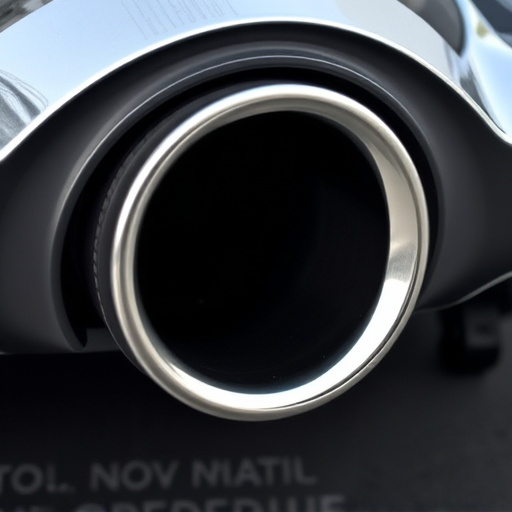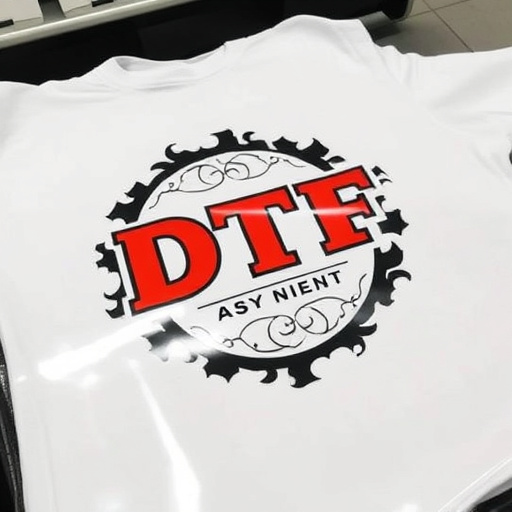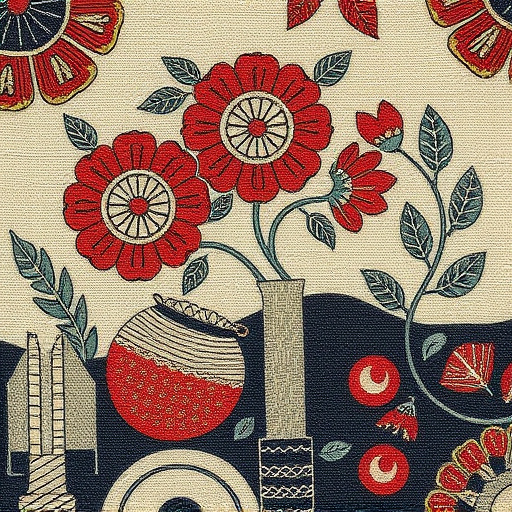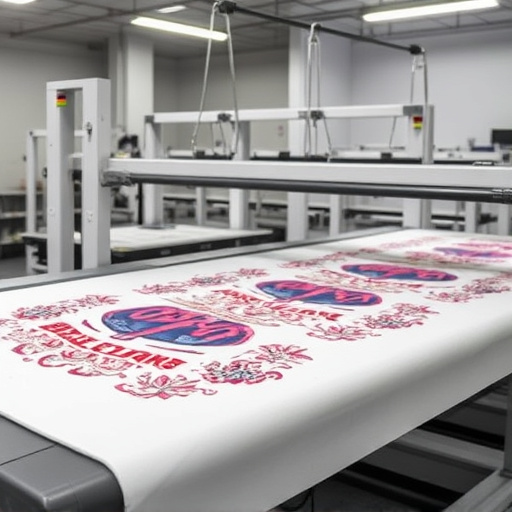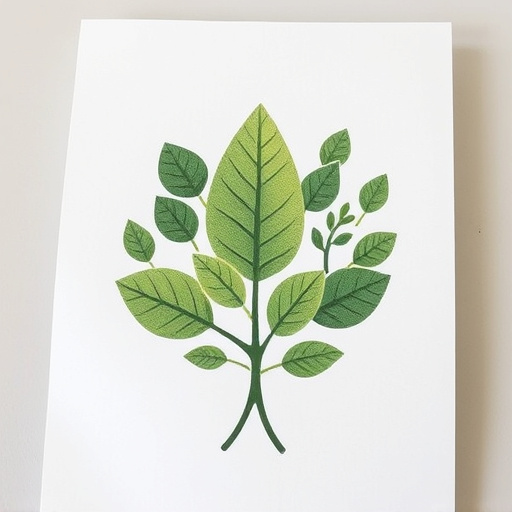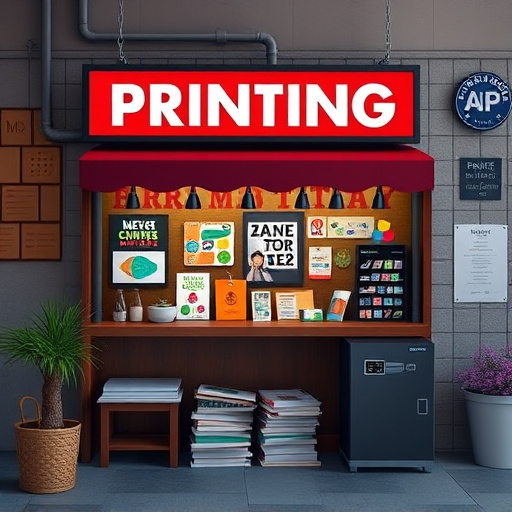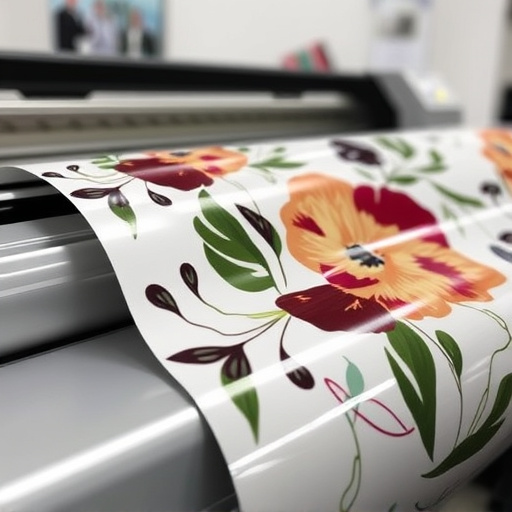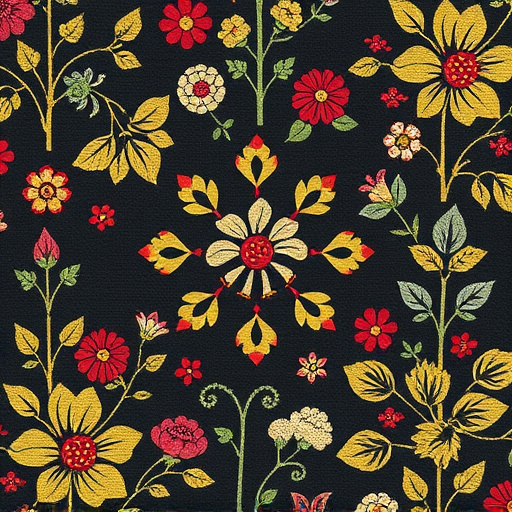DTF Durability (Direct-to-Fabric Printing) is a cutting-edge technology revolutionizing textile design and customization, enabling intricate, vibrant prints on various fabrics. Using heat and pressure to transfer ink or dye, DTF ensures long-lasting, high-quality results for custom t-shirts and limited editions. Ideal for fashion brands aiming for durable quality, it streamlines processes, enhances fabric strength, and minimizes damage, pilling, and fading. Implementing DTF strategies requires using compatible heat transfer paper, proper pre-treatment, precise print settings, and post-printing processes like heat pressing. Regular equipment maintenance and considering end-use applications also significantly impact the longevity of DTF-printed garments.
“Discovering the power of DTF Durability—a game-changing approach to product longevity. This article explores when and how this innovative concept truly shines, offering insights into its transformative potential. From understanding the core principles to unlocking its effectiveness in specific scenarios, we guide you through strategic implementation. Learn best practices to enhance durability, ensuring your products withstand the test of time. Uncover the key to a sustainable future by maximizing DTF Durability’s impact.”
- Understanding DTF Durability: The Core Concept
- When and Why DTF Durability Becomes Effective
- Best Practices for Implementing DTF Durability Strategies
Understanding DTF Durability: The Core Concept
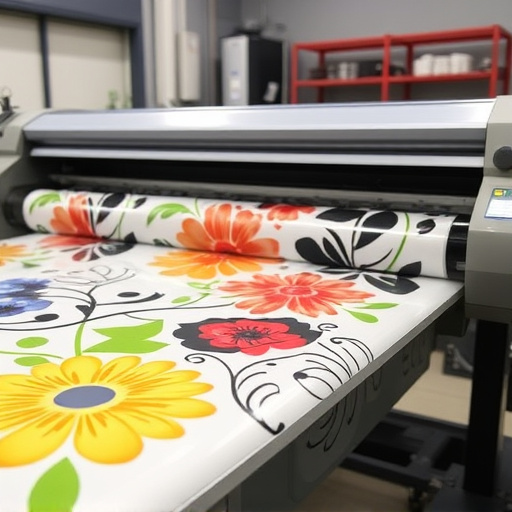
DTF Durability, or Direct-to-Fabric Printing, is a game-changing technology in the world of textile design and customization. It’s a process that allows for intricate and vibrant designs to be applied directly onto various fabrics, from cotton tees to polyester jackets. The core concept revolves around using heat and pressure to transfer ink or dye onto the fabric’s surface, creating long-lasting, high-quality prints.
This method is particularly effective when it comes to customizing custom t shirts or producing limited-edition pieces. Unlike traditional printing methods that might fade over time, DTF Durability ensures that colors remain vibrant and designs maintain their clarity even after numerous washes. For light fabrics like cotton, dtf printing offers an exceptional level of detail and precision, making it ideal for creating unique, personalized garments. This technology has revolutionized the way we think about fashion, empowering individuals to express their creativity through custom-made apparel.
When and Why DTF Durability Becomes Effective
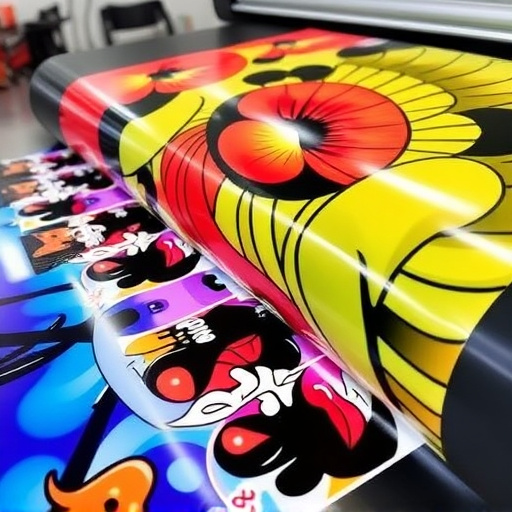
In the competitive world of fashion, ensuring long-lasting quality is a game-changer for clothing brands. This is where DTF Durability (Direct to Fabric) comes into play, proving to be an effective solution when it matters most. The technique’s success lies in its ability to enhance fabric strength and resilience during the production process, especially when used in bulk shirt production. By eliminating unnecessary steps and directly applying designs to the fabric, DTF offers a more efficient and durable alternative to traditional printing methods.
The effectiveness of DTF Durability is particularly noticeable in high-quality garments intended for long-term wear. It ensures that logos and designs remain vibrant and intact even after extensive use, making it ideal for activewear, outdoor gear, and other performance clothing. This method’s precision and directness contribute to minimizing fabric damage, pilling, and fading, ensuring customer satisfaction and brand reputation over time, especially when catering to bulk orders.
Best Practices for Implementing DTF Durability Strategies
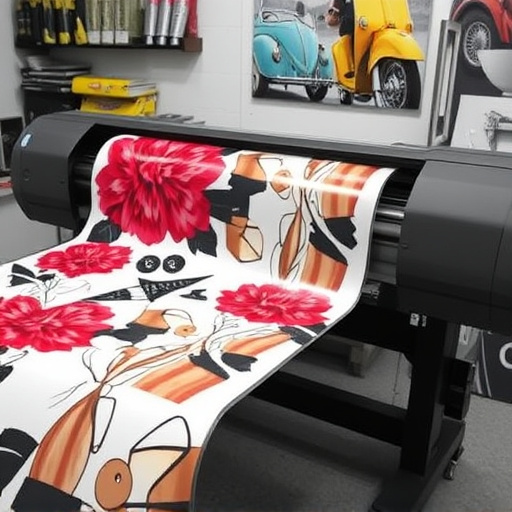
Implementing DTF (Direct to Fabric) durability strategies requires a thoughtful approach to ensure long-lasting results, especially when applied to t-shirts and other textiles. Start by selecting high-quality DTF heat transfer paper that’s compatible with your printing equipment and fabric types. This foundational step ensures optimal adhesion and color vibrancy. Next, pre-treat the fabric properly to prepare it for DTF printing; this may involve cleaning, softening, or treating the surface to enhance ink absorption.
For best results with DTF for t-shirts and other garments, precise print settings are crucial. Optimize temperature and pressure levels specific to DTF printing techniques. Post-printing processes like heat pressing or curing further enhance durability by setting the ink permanently into the fabric fibers. Regularly maintaining your equipment and staying up-to-date with supplier recommendations ensures consistent quality. Additionally, consider the end-use of the garments; heavy-duty fabrics and specialized DTF printing for t-shirts designed for outdoor activities or workwear will provide superior longevity compared to casual wear.
DTF Durability is a game-changer in industries seeking long-lasting, resilient solutions. By understanding its core concept and implementing best practices, businesses can effectively navigate challenging conditions. Whether in extreme environments or fast-paced markets, DTF Durability strategies ensure products and materials stand the test of time, offering a competitive edge and enhancing overall sustainability. Embrace these tactics to unlock the full potential of DTF Durability and stay ahead in today’s dynamic landscape.


